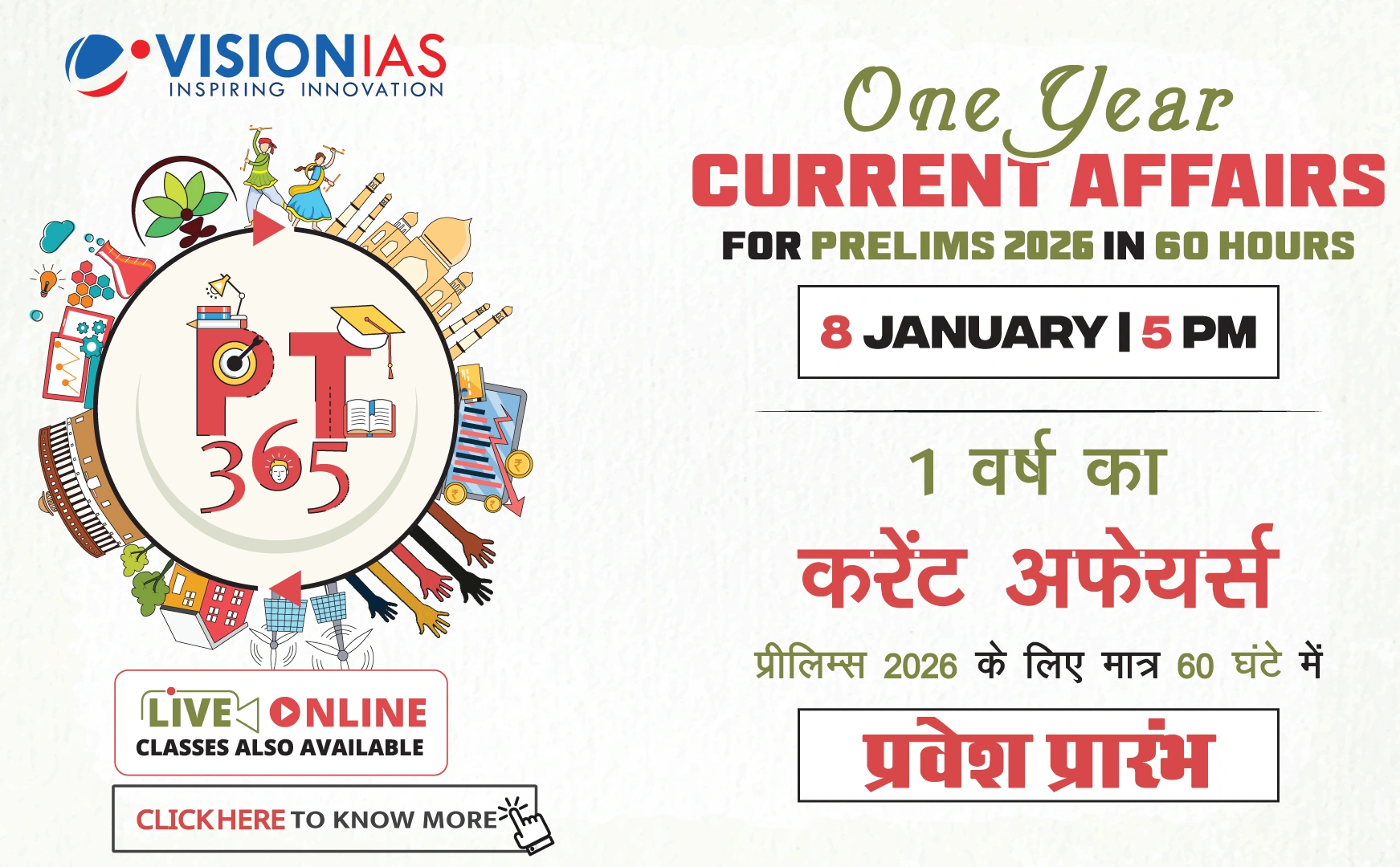Global Economic Landscape Amid Tariffs and Geopolitical Changes
Ajay Banga, President of the World Bank Group, discusses the implications of tariffs and geopolitical shifts on the global economy and opportunities for developing countries.
Current State of the Global Economy
- Despite global uncertainties, the economy remains resilient.
- Geopolitical discussions and tariffs have created market volatility, impacting investment and consumer decisions.
- The global stock and bond markets have shown fluctuations but are stabilizing.
- Concerns linger that uncertainty might delay investments, affecting growth globally.
Impact of Trade Agreements and Globalization
- Trade Pattern Evolution: Over 100 bilateral and regional deals like CPTPP and RCEP indicate a shift, not a decline, in globalization.
- Supply Chain Opportunities: India is urged to optimize logistics and regulatory frameworks to capitalize on the changing supply chains, especially amidst China+1 strategies.
Effects of US Tariffs on India
- The US maintains some of the lowest trade tariffs despite recent increases.
- Ajay Banga suggests that developing countries, including India, should reevaluate their trade barriers to leverage new trade environments.
- India's economy, with a strong domestic consumption base, may face less impact from global trade uncertainties.
Global Trade Dynamics and Regional Opportunities
- Global trade has doubled in the past two decades, with the share from developing countries rising from 20% to 40%.
- India is encouraged to enhance intra-regional trade, with potential deals with the UK, EU, and neighboring countries.
World Bank's Strategic Initiatives
- Efforts to streamline processes have reduced project approval times from 19 to 14 months, targeting 12 months by June.
- World Bank initiatives have raised $100 billion through financial innovations and improved collaborations with other MDBs.
- The introduction of a digital platform has facilitated project co-financing, currently totaling $14 billion.
Private Sector Lab and Investment Challenges
- The lab focuses on five barriers to investment in emerging markets, including regulatory clarity and political risk insurance.
- The Frontier Opportunities Fund, with an initial $100 billion, aims to encourage investment through junior equity positions.
- To enhance local currency lending, efforts are made to strengthen local capital markets.
- The creation of a standardized asset class aims to attract pension fund investments.
Plans for India
- A new country partnership framework will prioritize:
- Private sector-led economic growth
- Fiscal prudence and domestic resource mobilization
- Digitization initiatives
- Emphasis on IFC and MIGA's role in fostering private sector-led development.
- Focus areas include rural prosperity, urban development, MSMEs, and job creation.



